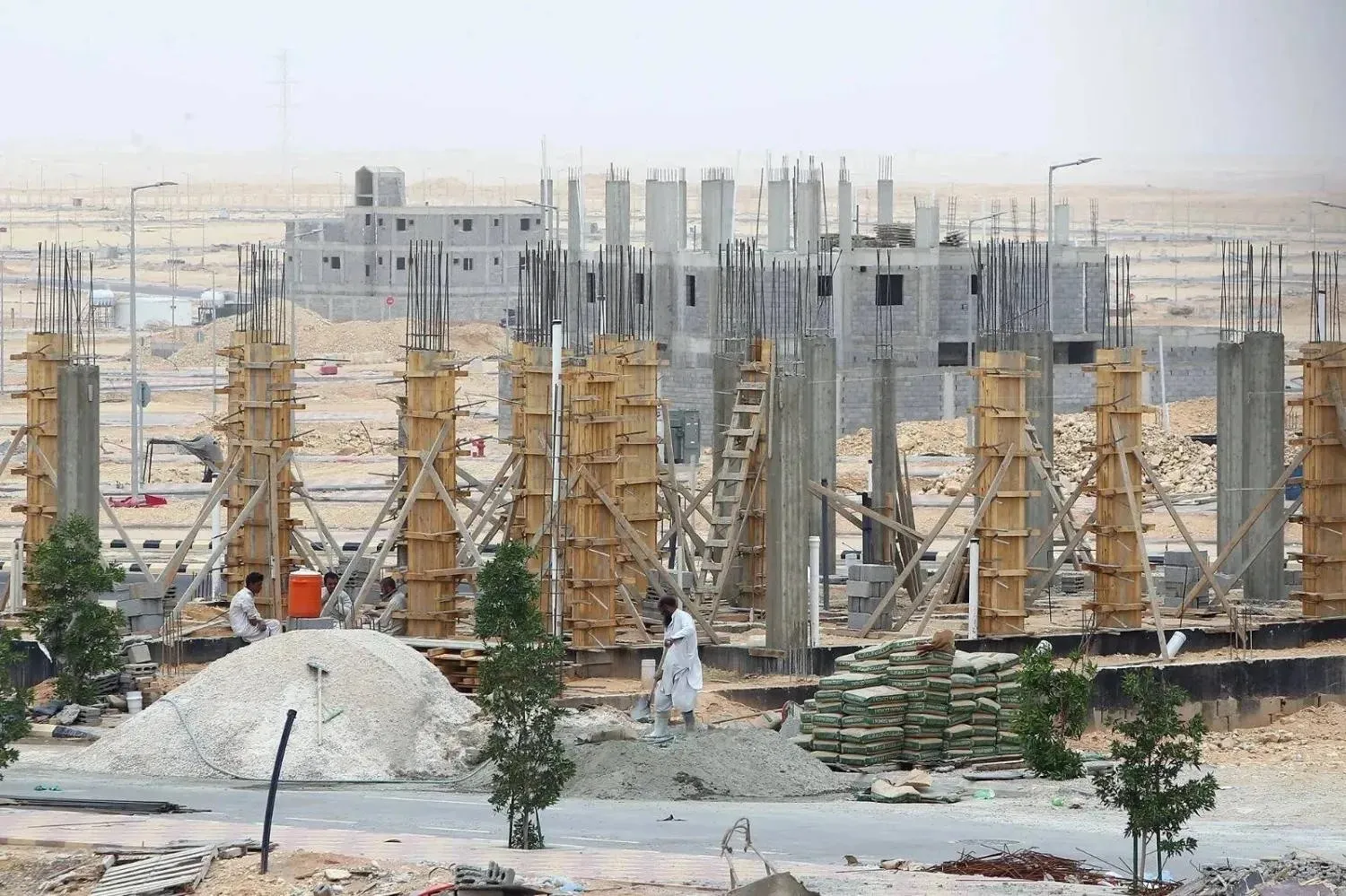Turkey’s central bank raised its 2020 inflation forecast more than 3 percentage points to 12.1% on Wednesday, saying higher import costs due to a record-weak lira were the main factor driving its upward revision.
Governor Murat Uysal defended the bank’s decision to leave its policy rate unchanged at 10.25% last week and to raise its late liquidity window rate. It cited the global uncertainty caused by the COVID-19 pandemic as a reason to keep the main rate steady.
He also said it provided flexibility and was not a “lasting deviation” from the bank’s monetary policy structure.
As the lira hit a fresh record low of more than 8.25 to the dollar, he said the bank had no target value for the currency.
“We see it converging with macro-fundamentals in the medium term,” Uysal told a briefing of the bank’s quarterly inflation report.
Higher costs for imports, as well as rising food prices and credit growth, meant that an anticipated fall in inflation in the second half of the year had not materialized, he said.
“Despite our evaluation...inflation was higher than foreseen with credit growth,” Uysal said. “The outlook for the remainder of the year points to a high trend.”
‘V-shaped recovery’
Turkey’s economy had seen a V-shaped recovery from the slowdown caused by the COVID-19 pandemic, Uysal said, strengthening the prospects for positive economic growth in the full year after a first half slump caused by coronavirus outbreak.
That optimism contrasts with expectations that Turkey’s economy will shrink 3.4% this year, according to a Reuters poll last week, much bleaker than government forecasts.
Turkey has been seeking to create or expand currency swap agreements with other central banks, amid investor concerns over its depleted foreign reserves.
“There are some concrete developments in our swap talks, I can say we reached the final stages in some of them. We had determined countries with which we have high trade, there are concrete developments in a couple,” Uysal said.
The Turkish lira has weakened to a series of record lows in recent weeks, slumping 27% in value so far this year on concerns about both inflation and the slide in the country’s foreign reserves.
The lira’s losses accelerated after the central bank bucked expectations last week by leaving its policy rate unchanged.
The bank raised its late liquidity window rate to 14.75%, saying it would continue liquidity measures to tighten money supply. So-called backdoor measures to rein in credit have raised the average cost of funding to 12.87% from a low of 7.34% in July.
The lira has also been hit by geopolitical worries, notably strains in ties with the United States, a diplomatic row with France, a dispute between Turkey and Greece over maritime rights and the conflict in Nagorno-Karabakh.









